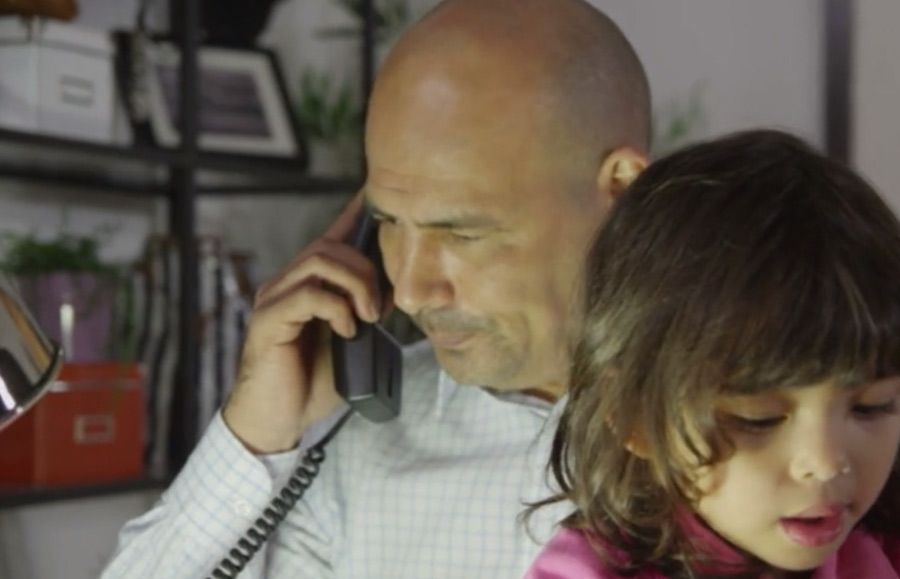
Keeping Your Children Safe on School Buses
Seventeen third-graders were taken to a hospital with minor injuries after a crash involving two school buses that were headed on a class trip to upstate New York in June. Last year, eight were injured when a school bus with special needs students crashed and tipped over on the Bruckner Expressway in the Bronx.
Every day, about 500,000 school buses transport more than 23 million students to and from school. However, each year, nationally, about 24 school-aged children are killed in school transportation-related traffic crashes, according to the American Automobile Association (AAA).
Encourage your children to wear seat belts on school buses as they absorb the force of impact in a crash. In New York, a school bus seat belt law requires all school buses manufactured after July 1, 1987 to be equipped with seat belts.
The fact is, school bus accidents happen. Share these safety tips with your children that will increase the odds of them staying safe.
At the Bus Stop:
- Arrive at the bus stop five minutes before the bus is scheduled to arrive.
- Remain orderly and pay attention to traffic. The bus stop is no place to play.
- Obey the school safety patrol, crossing guard, officer, or adult at the stop.
- Stand at least five giant steps away from the edge of the road.
Entering and Exiting the Bus:
- Wait until the bus stops, the door opens, and the driver says it’s okay before stepping onto or off the bus.
- Be careful that clothing and book bags do not get caught in doors or between students.
- If you must cross the road to enter or after exiting the bus, walk in front of the bus. Never walk behind the bus.
- Stop at the edge of the bus and look left-right before crossing.
- Walk on the sidewalk or along the side of the road at least five giant steps ahead.
- Be sure the bus driver can see you, and you can see the bus driver.
- Tell the bus driver if you drop something beside the bus. Never try to pick it up because the driver may not be able to see you.
On the Bus:
- Take your seat immediately.
- Always sit fully in the seat and face forward.
- Obey the bus driver, school safety patrol, or adults on the bus.
- Do not distract the bus driver in any way.
- Never stand on a moving bus.
- Keep aisles clear at all times.
- Speak in low voices.
- Never stick anything out of the window, arms, legs, head, book bags, etc.
Tips for Drivers:
- Watch for children walking to and from the bus stop as well as standing at the bus stop.
- Yellow flashing lights on a school bus mean that a bus is preparing to stop. Do not try to pass the bus! Begin slowing and prepare to stop your vehicle.
- Red flashing lights indicate that a bus has stopped to load or unload children. Stop your car and wait for the bus lights to stop flashing before moving your vehicle. Passing a loading or unloading school bus is reckless driving.
- Oncoming vehicles, separated by a physical barrier in the road, do not have to stop for buses.
If You’re Dropping Off:
- Schools often have very specific drop-off procedures for the school year. Make sure you know them for the safety of all kids. More children are hit by cars near schools than at any other location, according to the National Safe Routes to School program.
- Don’t double park; it blocks visibility for other children and vehicles.
- Don’t load or unload children across the street from the school.
- Carpool to reduce the number of vehicles at the school.
If you, or someone you care about, has been injured or has been involved in an automobile accident, contact Rosenberg & Gluck, personal injury attorneys, for a free and confidential legal consultation to learn more about your options.





